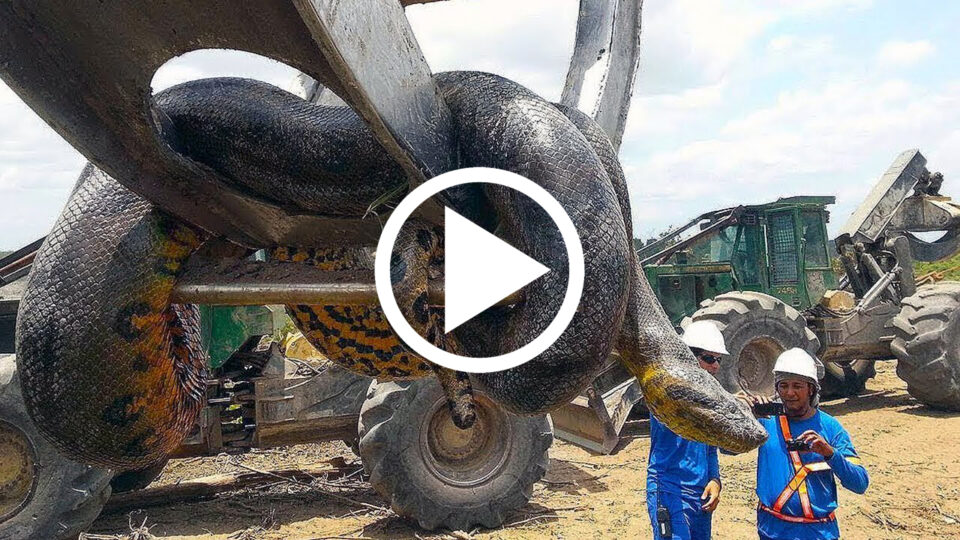Brazil is known for its famous Carnival, its sprawling beaches, and the incredible Amazon forest.
However, their other things found in Brazil that will blow your mind! Are you sure you want to see what they are? Well, sit down and take a deep breath as we countdown the 15 strangest things recently discovered in Brazil.
THE BLUE LAKE GROTTO
Everyone knows that Brazil has some landscapes that take one’s breath away. However, few are so enchanting as the Blue Lake Grotto, in the Brazilian town of Bonito.
This city, so famous for its rivers and waterfalls, hides away some caves that are practically unexplored.
By way of example, the Blue Lake Grotto was only discovered in 1924 and only became a tourist destination in this last decade.
Standing some 20 km from the center of Bonito, this grotto has been listed by the Brazilian Institute for Historical and Artistic Heritage in 1978.
In 1992, a series of fossils of mammals that lived during the Pleistocene period some 10,000 years ago were discovered in this cavity.
Among the species found here, there were remains of a saber-tooth tiger and also of a giant sloth.
Apart from that, another thing that calls attention is the sheer beauty of the stalagmites and stalactites that make up the inside of this grotto.
The different sizes and shapes of the speleothems in their curious contours give away the age of the cave.
It is estimated that this cave is about 10 million years old. The Blue Lake Grotto is one of the largest flooded cavities in the whole world. The exact depth of its waters is not known.
The deepest that a diver has reached is 87 meters below the surface. It is believed that this grotto is fed by an underground river, as yet unknown. Despite the name, the waters of the Blue Lake Grotto are crystalline.
The blue color is the result of the presence of minerals at the bottom of the lake and also of the incidence of the sun’s rays, and gets even more intense in December and January, especially before noon.
FLUORESCENT FROGS


